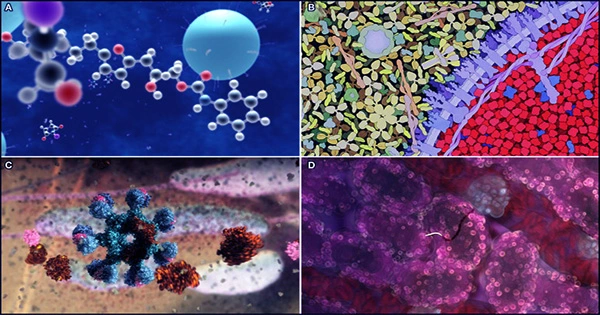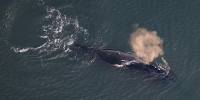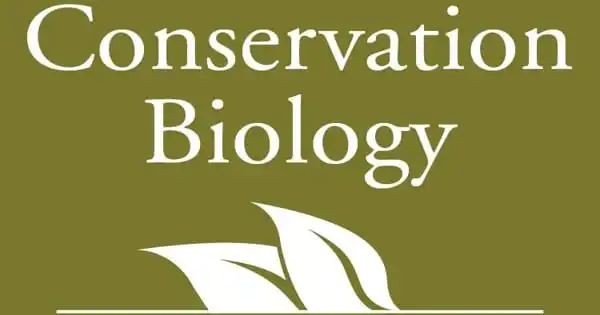An “astounding” and “unexpected” array of enormous virus-like particles have been discovered in the soil of Harvard Forest, Massachusetts. They are not only unusually enormous but also unusual, having “previously unimaginable” architecture that calls into question all we know about giant viruses and viral diversity.
“The cornucopia of viral morphotypes found in Harvard Forest alone calls into question our current understanding of the virosphere and its structural heterogeneity,” write the authors of a preprint describing the findings, which has yet to be peer-reviewed.
“This fascinating window into the complex world of soil viruses leaves little doubt that the high genetic diversity of giant viruses is matched by diverse and previously unimaginable particle structures, whose origins and functions remain to be studied.”
The bizarre viral particles feature similarly bizarre appendages and interior structures, some of which have never been observed before and could indicate unique methods for viruses to interact with their hosts. Tubular protrusions, fibers, internal channels, double capsids (a virus’s protein shell), and tails have given them humorous titles like “turtle,” “haircut,” and “Christmas star” viruses.

Virus-like particles are produced from viruses and seem very similar to them, but they lack genetic material and cannot infect a host cell. The authors of the preprint, on the other hand, contend that the huge icosahedral (20-sided) particles with changed capsids they discovered can be confidently referred to as “virus particles.”
Using transmission electron microscopy, the researchers discovered “an unexpected diversity of soil [virus-like particles] in the 0.2 m to 1.2 m size fraction” in their soil samples. To put this in perspective, the largest virus ever discovered, which was resurrected from Siberian permafrost in 2014, was 1.5 m broad, around the size of a microscopic bacterium.
“Amazingly, we discovered that a few hundred grams of forest soil contained a greater diversity of capsid morphotypes than all previously isolated giant viruses combined,” wrote the researchers. “This finding is even more astounding when you consider that we imaged only a tiny fraction of the viral diversity present in these soil samples.”
The findings show how much more we still need to learn about the strange and amazing world of gigantic viruses, which the researchers hope will encourage others to investigate. They are particularly interested in determining if this amazing diversity is limited to soil habitats or if enormous virus particles may also be found in aquatic environments.
















